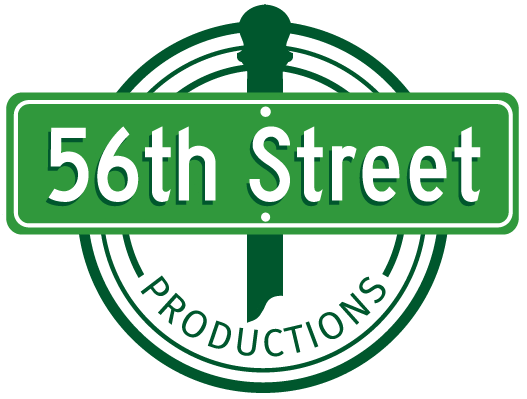Glossary of Terms
Common terms in the field of SaaS/tech, product marketing, product management, and marketing. *Disclaimer: Many of these terms are defined by Project Product (not necessarily found in a dictionary).
Product marketing is a strategic function within a business that sits at the intersection of product, marketing, sales, executive leadership, and your customers. Product marketers are the experts on your solutions, customers, and the market (including the competition). Product marketing is the team that creates and drives an organization’s go-to-market strategy.
Product management is the team responsible for the product vision and leading the creation of products. This team defines functions and workflows and shares key information with both internal and external stakeholders.
A corporate marketing team owns the brand. They are also the experts of the what, where, when, and how.
Corporate marketing is responsible in what to say in the market (with the help of PMM) and where to place the copy /content.
Corporate marketing knows when to reach buyers (i.e., from the right time during the year in order to align to corporate themes/goals and all the way down to the right time of day to send an email or post on social).
- Process of providing the sales organization with the information, content, and tools that help salespeople sell more effectively.
- Providing salespeople with the right resources, processes, and technology needed to sell effectively and increase revenue.
Source: Seismic: https://seismic.com/knowledge-center/what-is-sales-enablement/
Early-stage development of a product. Not 100% done. The product is in a state where customers can use it, but you do not charge them for it.
Later-stage development of a product. In a state where customers can use the product, and you can charge customers (not at full price, but at a discounted price). This is an opportunity to test messaging, pricing/packaging, product functionality, etc.
And you might see many refer to it as an EAP (Early Adopter Program).
The product is ready for commercial consumption and available to all and can be charged at the full price.
An external push/promotion of a solution/product/feature. Does not have to coincide with a product/code release (you can release code and then “launch” at a later date).
A product release is simply pushing code into your production environment. A product release could be bug fixes, a new feature, or a set of new features. A product release does not equate to an external promotion like a product launch does.
A tactical document designed to capture and track the features planned for an upcoming release.
A roadmap is a way to communicate your product strategy at a high-level.
“A go-to-market (GTM) strategy is a plan that details how an organization can engage with customers to convince them to buy their product or service and to gain a competitive advantage. A GTM strategy includes tactics related to pricing, sales and channels, the buying journey, new product or service launches, product rebranding or product introduction to a new market.”
Source: Gartner: https://www.gartner.com/en/sales/glossary/go-to-market-gtm-strategy
A Sales Play:
- Is repeatable
- Helps sales successfully sell a solution
- Is for a specific target
- Is time-bound
- Is tied to goals
A Sales Playbook contains:
- Directions for executing a Sales Play
- Definitions and tools
- Content for Sales Plays and resource links
- Multiple Sales Plays
A campaign is an organized effort to achieve a goal whether that is to a announce a new offering, influence a target audience to make a purchase, etc. A campaign usually comprises multiple channels such as email, social, website, events, etc.
A 1 or 2-page document that clearly outlines a product or solution and the business challenge it solves.
A piece of long-form content that is more technical in nature. These are typically 5+ pages long.
A thought leadership piece that can be 5+ pages long. These documents are at a higher level and do not go into technical specificities like a whitepaper would.
“A buyer persona is a semi-fictional, generalized representation of your customers that account for the demographics, goals, motivators, and challenges they are facing. Buyer personas provide structure and context for your organization. You can use buyer personas to help Marketing map out and curate content, and other teams—such as sales and support—with time and resource allocation.”
Source: HubSpot
An ICP is your perfect customer for what your organization offers. Identifying an ICP helps you outline what qualities/characteristics make the customer a best fit.
Source: HubSpot
